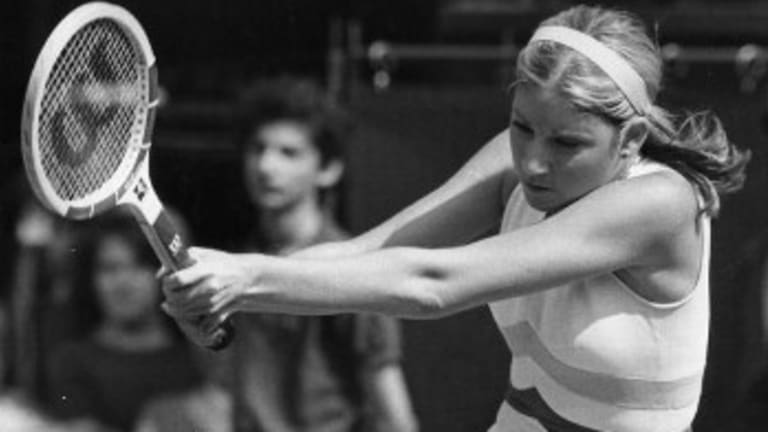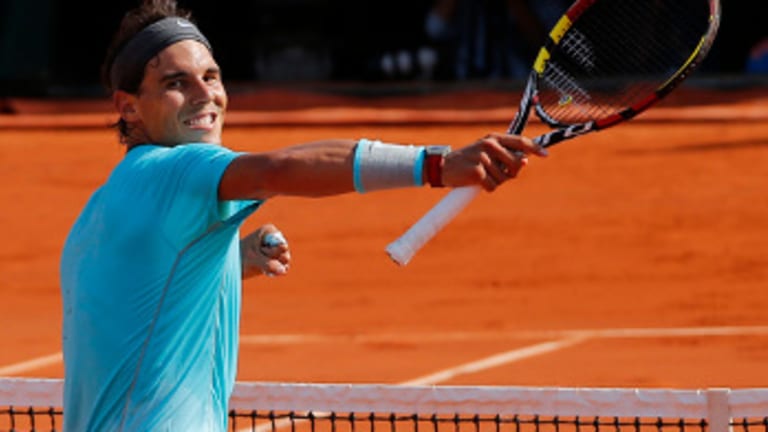Congrats to @RafaelNadal , the greatest clay courter ever; enjoy ur big win!!!
— Chris Evert (@ChrissieEvert) June 9, 2014
Who's the Clay Goat?
By Jun 11, 2014WTA Finals
Ambassador responds to call by Evert and Navratilova to keep women's tennis out of Saudi Arabia
By Jan 30, 2024WTA Finals
“We can’t sit back”: Chris Evert, Martina Navratilova urge WTA to stay out of Saudi Arabia
By Jan 17, 2024Chris Evert begins chemotherapy after ovarian cancer returns, will miss Australian Open
By Dec 08, 2023Tennis.com Interview
Ajla Tomljanovic warns Break Point cast: think twice about putting relationships on camera
By Aug 26, 2023US Open
What are the chances Novak Djokovic and Carlos Alcaraz duel at the US Open?
By Aug 26, 2023Lifestyle
Ajla Tomljanovic, Marta Kostyuk celebrate second drop of Chris Evert’s Monica Rich Kosann tennis bracelet collaboration
By Aug 25, 2023Your Game
TECH Talk: Frances Tiafoe’s unorthodox forehand is a game-changing weapon
By Aug 24, 2023Lifestyle
"Force of nature" Chris Evert to be honored by the USTA Foundation
By Aug 09, 2023Beauty and the Beast: One-handed versus two-handed backhands
By Jun 14, 2023Who's the Clay Goat?
Stacking up the Chris Evert's and Rafael Nadal's records on dirt.
Published Jun 11, 2014
Advertising

Who's the Clay Goat?
Advertising
Advertising
Advertising

Who's the Clay Goat?
© AP